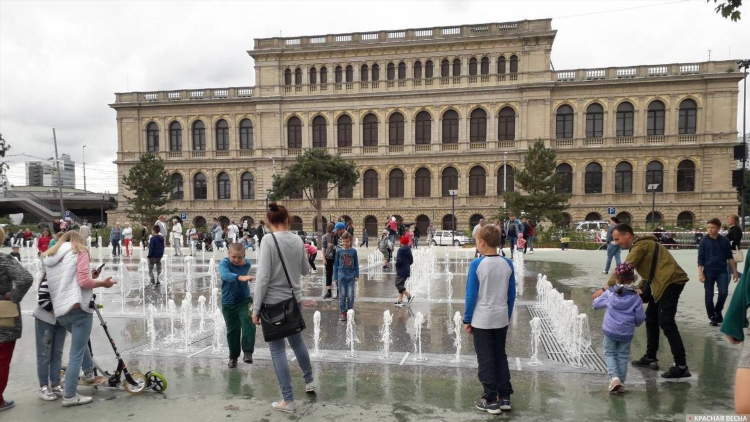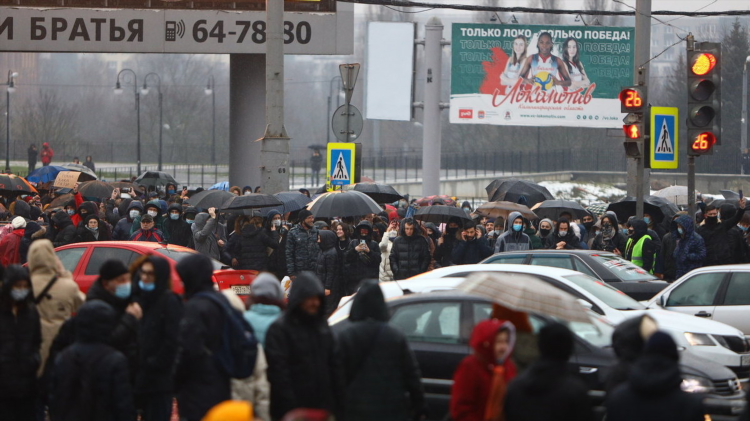
Kaliningrad Region in English: A Comprehensive Overview
The Kaliningrad region, an exclave of Russia, is a unique area geographically separated from the main part of the country. It is located along the Baltic Sea, bordered by Poland to the south and Lithuania to the north and east. This article provides a detailed overview of the Kaliningrad region, highlighting key aspects such as its geography, economy, cultural significance, and historical context.
Geographical Location and Boundaries of the Kaliningrad Region
The Kaliningrad region, or "Kaliningradskaya Oblast" in Russian, is situated in the westernmost part of Russia. It is an exclave, meaning it is separated from the rest of the country by foreign territories. The region is bordered by Poland to the south, Lithuania to the north and east, and the Baltic Sea to the west. Its strategic location has significant geopolitical importance, particularly in the context of Russia's relations with the European Union and NATO.
The region covers an area of approximately 15,100 square kilometers, making it one of the smaller administrative regions of Russia. Despite its size, Kaliningrad holds considerable importance in terms of trade, transport, and military presence due to its proximity to several European countries.
Historical Background of the Kaliningrad Region
Historically, the Kaliningrad region was part of East Prussia, a German territory before World War II. After the war, in 1945, the region was annexed by the Soviet Union as part of the post-war territorial adjustments. The city of Königsberg, now known as Kaliningrad, was the capital of East Prussia and a major cultural and intellectual center. The Soviets renamed the city in honor of Mikhail Kalinin, a prominent Soviet politician.
The transition from German to Russian administration involved significant changes to the local population, with many Germans being displaced or fleeing the region, and Russians and other Soviet citizens being settled in their place. This historical shift has influenced the cultural and social dynamics of Kaliningrad, which today has a population primarily of Russian descent.
Economic Landscape of Kaliningrad
The Kaliningrad region's economy is diverse, with several key industries contributing to its growth. One of the most prominent sectors is trade, due to the region's access to the Baltic Sea and its position as a gateway between Russia and Europe. The port of Kaliningrad is one of the largest and busiest in the Russian Federation, handling goods such as oil, coal, and agricultural products.
Manufacturing is another important part of the region’s economy. Kaliningrad is home to various factories producing machinery, electronics, and automotive parts. The region also has a well-developed shipbuilding industry, which plays a critical role in both the local and national economy.
Agriculture is also significant, particularly the cultivation of cereals, vegetables, and fruits, as well as the dairy and meat industries. The climate in Kaliningrad is conducive to farming, with mild winters and warm summers, making it one of the most agriculturally productive regions in Russia.
Kaliningrad's Role in Russian Military Strategy
Due to its location, the Kaliningrad region plays a critical role in Russia’s military strategy. The region hosts several military bases, including the Baltic Fleet, which is a key part of Russia’s naval presence in the Baltic Sea. Kaliningrad's proximity to NATO members such as Poland and Lithuania has made it a focal point of geopolitical tension, with both military and diplomatic implications for the region.
The presence of advanced military infrastructure in Kaliningrad has also led to heightened security concerns, particularly related to missile defense systems and military drills. The region's strategic importance makes it a vital element of Russia's defense capabilities in the Baltic.
Kaliningrad's Cultural and Educational Landscape
Culturally, Kaliningrad has a unique identity that reflects both its Russian heritage and its historical German roots. The city of Kaliningrad itself is home to several museums, theaters, and galleries that showcase the region's rich cultural history. Notable landmarks include the Königsberg Cathedral, which dates back to the 14th century, and the Amber Museum, which highlights the region’s significant production of amber.
The region also has a growing educational sector, with several universities and research institutes focused on areas such as maritime studies, engineering, and environmental sciences. The presence of these institutions contributes to the development of the local economy and the region’s intellectual capital.
Tourism in the Kaliningrad Region
Tourism in the Kaliningrad region has seen a steady increase, particularly in recent years. The region’s unique blend of Russian and German heritage, along with its coastal beauty and historical landmarks, makes it an attractive destination for both domestic and international visitors. Kaliningrad's proximity to other European countries also makes it accessible to tourists traveling from Poland, Lithuania, and other EU nations.
Some of the most popular tourist attractions in the region include the Curonian Spit, a UNESCO World Heritage site known for its sand dunes and unique ecosystem, as well as the Kaliningrad Zoo, which is one of the oldest in Russia. The region’s coastal resorts also draw visitors seeking a seaside vacation with a mix of cultural exploration.
Kaliningrad Region's Future Development
The future of the Kaliningrad region is closely tied to Russia’s broader political and economic strategies. The region’s integration with the European Union, its geopolitical position, and its role in international trade will continue to shape its development. Efforts are underway to modernize infrastructure, improve trade relations, and enhance its tourism appeal.
Kaliningrad in International Relations
Kaliningrad plays a significant role in Russia’s relations with neighboring countries and the broader international community. Its location between NATO countries and Russia makes it a point of strategic interest. As tensions in the Baltic region continue to evolve, Kaliningrad's geopolitical significance is expected to remain high.
FAQ about Kaliningrad Region
1. What is Kaliningrad's historical significance?
Kaliningrad was formerly part of East Prussia and was a German territory until the end of World War II. After the war, it became part of the Soviet Union and was renamed Kaliningrad in honor of Soviet leader Mikhail Kalinin.
2. What industries are prominent in Kaliningrad?
The Kaliningrad region has a diverse economy, with key industries including trade (through the Port of Kaliningrad), manufacturing (machinery, electronics, and automotive parts), and agriculture.
3. Is Kaliningrad an important military region for Russia?
Yes, Kaliningrad holds significant military importance for Russia, housing the Baltic Fleet and various military bases. Its strategic location makes it a focal point for Russia's defense in the Baltic Sea.
4. What are some of the main tourist attractions in Kaliningrad?
Kaliningrad is home to several attractions, including the Curonian Spit, the Königsberg Cathedral, and the Amber Museum. The region also offers seaside resorts and cultural landmarks that draw tourists.









